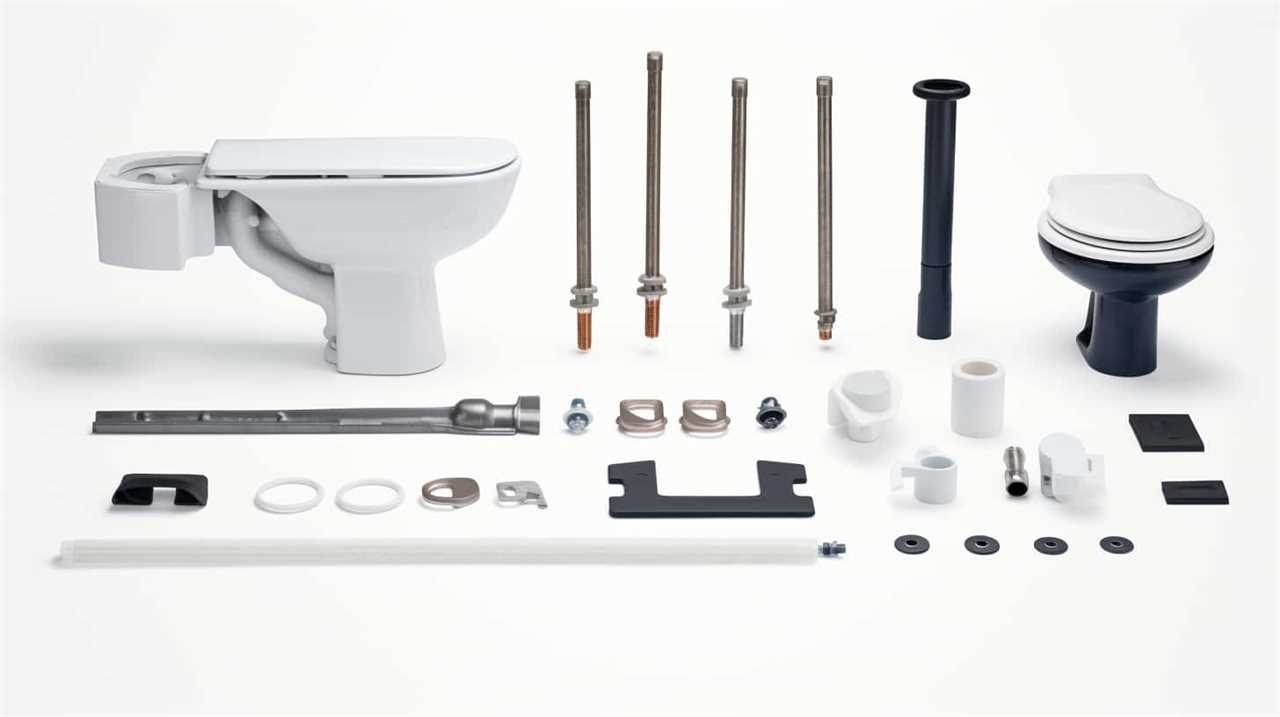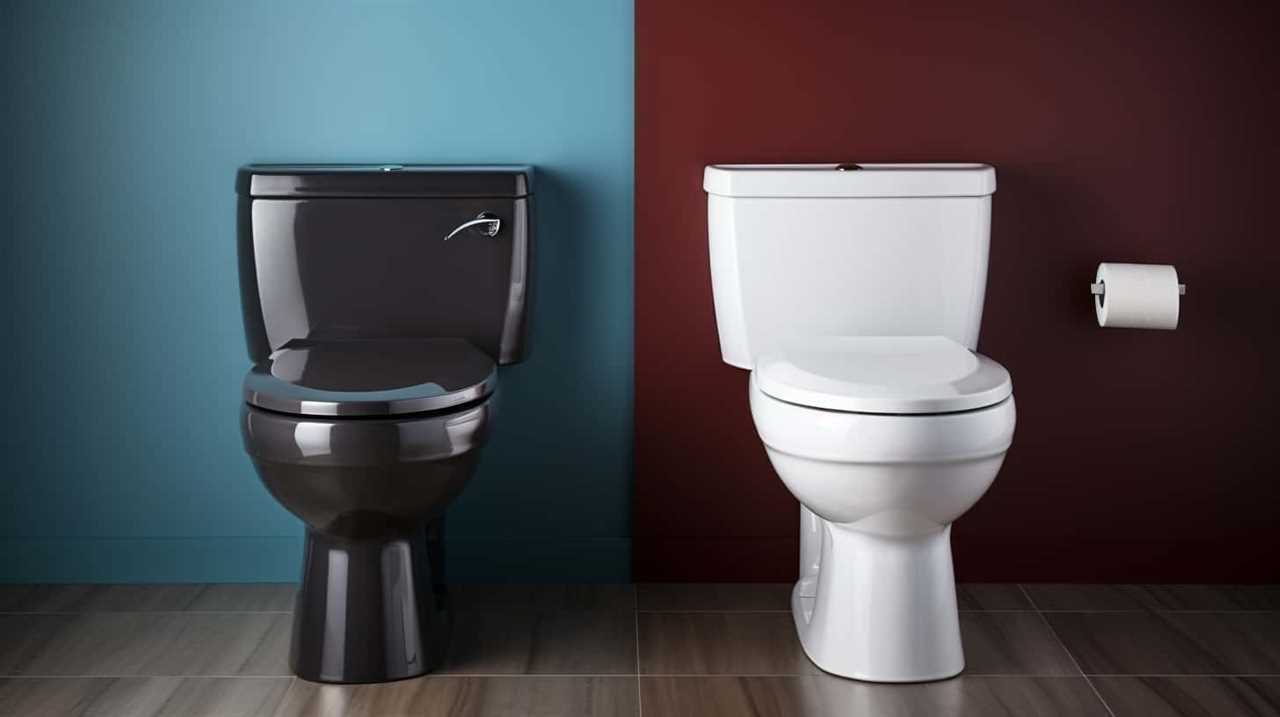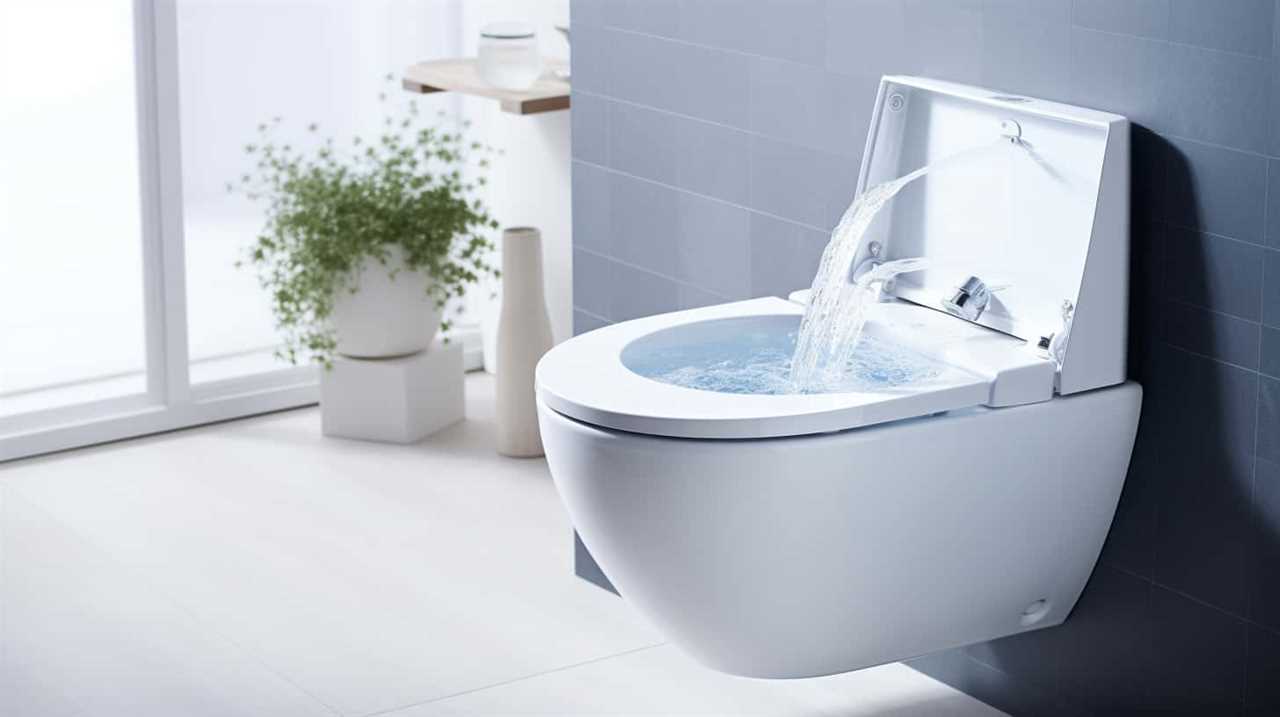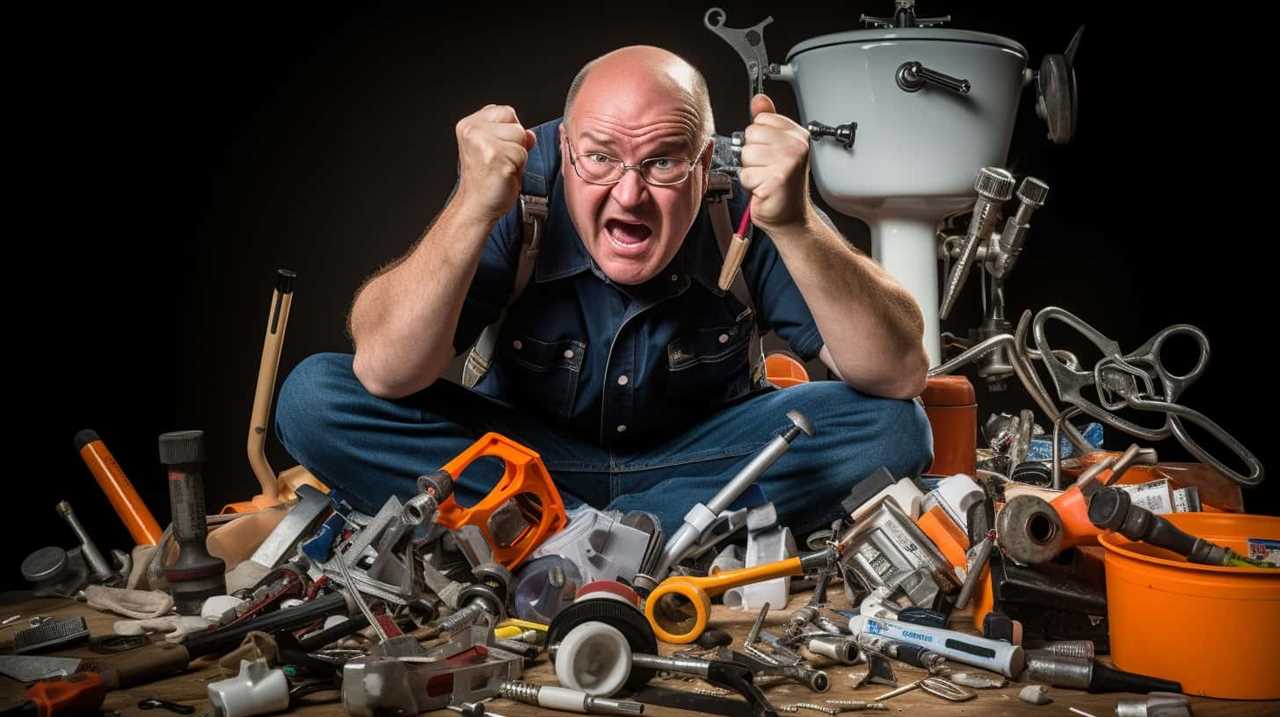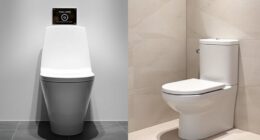We’re all familiar with the annoyance of a blocked drain. However, have you ever considered that hair might be to blame?
In this article, we delve into the science behind hair clogging pipes and the factors that contribute to this pesky problem.
We’ll also explore the telltale signs of hair clogged pipes and provide you with effective prevention techniques.
So buckle up and get ready to master the art of keeping your drains hair-free!
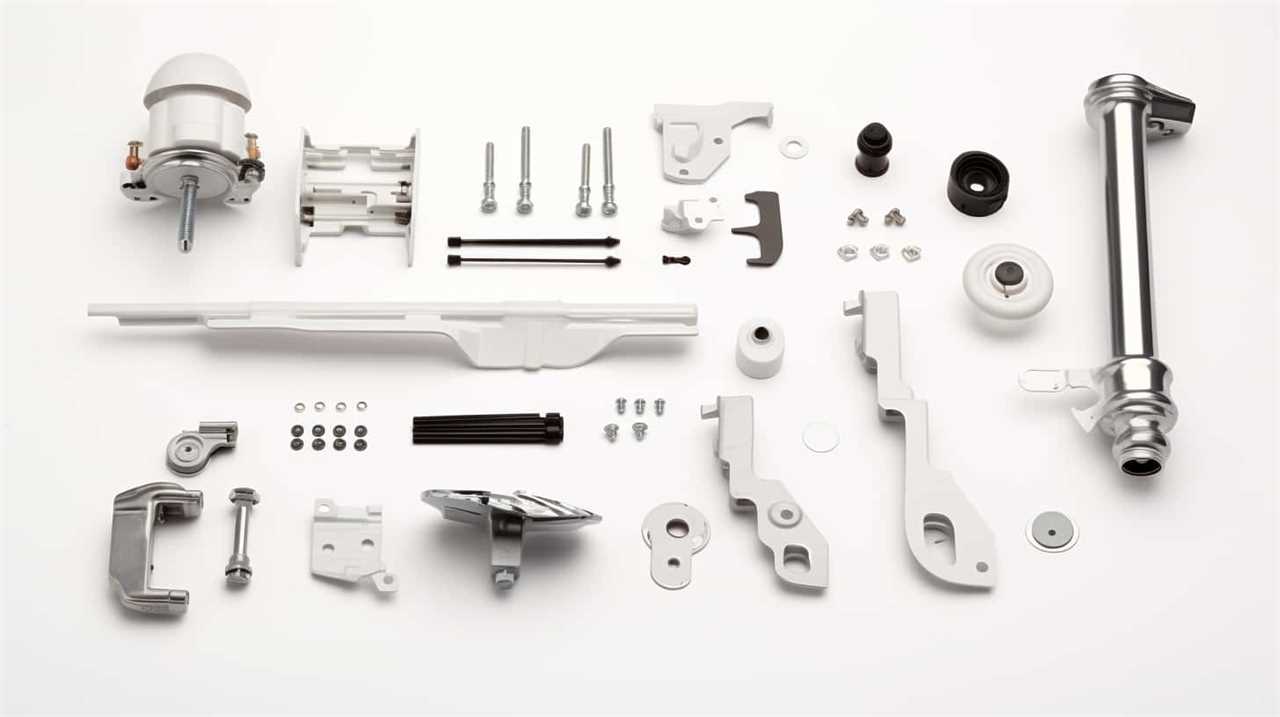
Key Takeaways
- Hair clogs pipes by accumulating and interlocking with other materials, obstructing water flow.
- Hair shedding and the use of hair products contribute to hair accumulation in pipes.
- Water quality, especially hard water, causes residue to accumulate on hair strands, leading to clumping and clogging.
- Regularly cleaning drains, using drain covers, and installing hair catchers can prevent hair clogs in pipes.
The Science Behind Hair Clogging
Hair clogs pipes due to its ability to accumulate and interlock with other materials, obstructing the flow of water. Understanding the science behind hair clogging requires knowledge of both hair composition and the role of water flow.
Hair is primarily composed of a protein called keratin, which gives it strength and resilience. This composition allows hair to resist degradation and remain intact even in water. When hair enters the pipes, it combines with substances like soap scum and grease, forming clumps that can grow and block the pipe.
The flow of water plays a crucial role in hair accumulation and clogs. As water flows through the pipes, it carries loose hair and other particles along with it. However, when the water flow slows down or comes to a stop, these materials settle and contribute to the formation of clogs.
Understanding these factors can help us prevent and address hair clogs effectively.
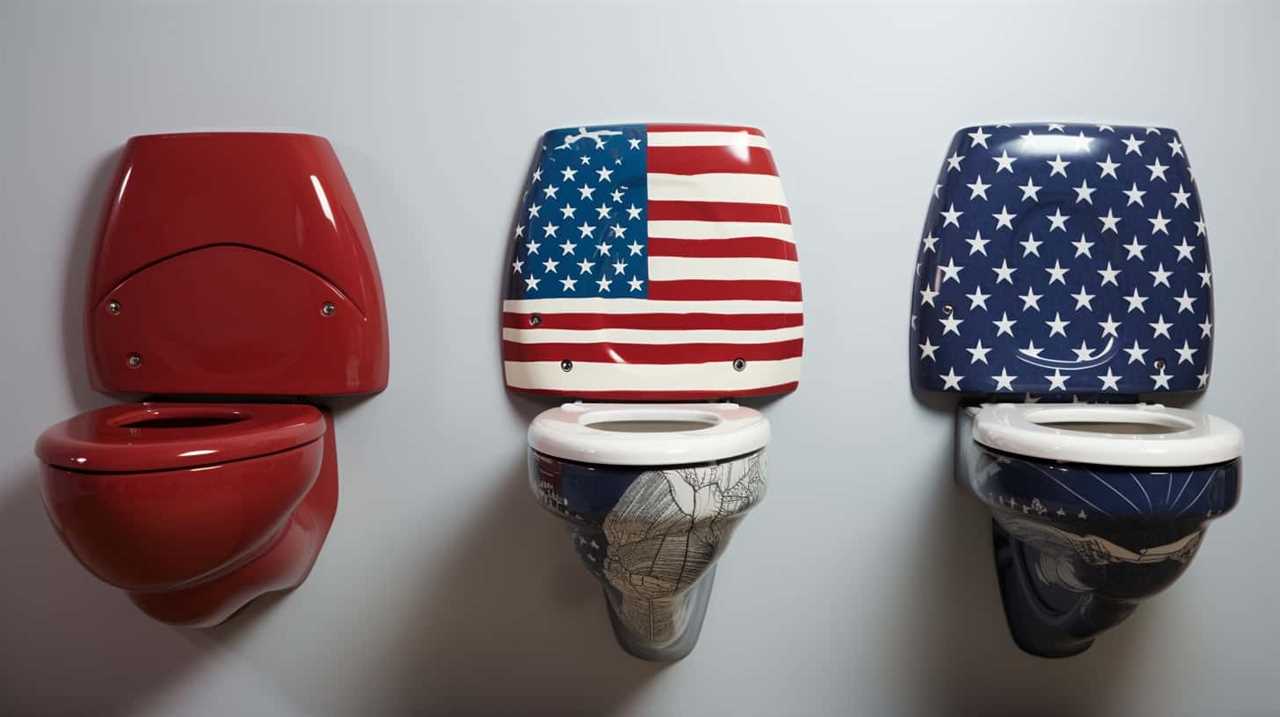
Factors That Contribute to Hair Build-Up
Factors such as water quality and hair care habits play a significant role in the accumulation of hair in pipes. Understanding these factors can help prevent hair build-up and potential clogs. Here are three key contributing factors:
- Hair Shedding: The natural process of hair shedding contributes to the accumulation of hair in pipes. On average, individuals shed 50-100 strands of hair per day. These strands can easily find their way into drains and pipes, leading to blockages over time.
- Hair Products: The use of hair products, such as shampoos, conditioners, and styling products, can also contribute to hair build-up. These products often contain ingredients that can cling to hair strands, making them more likely to stick together and form clogs.
- Water Quality: The quality of the water in your area can affect the likelihood of hair build-up. Hard water, which contains high levels of minerals such as calcium and magnesium, can cause residue to accumulate on hair strands, making them more prone to clumping and clogging pipes.
Understanding these factors can help individuals take preventive measures to reduce hair build-up and potential clogs in their pipes.
Now, let’s explore the signs of hair clogged pipes.
Signs of Hair Clogged Pipes
One common sign that we frequently notice of hair clogged pipes is slow drainage in sinks and showers. When hair accumulates in the pipes, it hinders the smooth flow of water, causing it to take longer to drain. This is often the first indication that there may be a hair clog in the pipes.
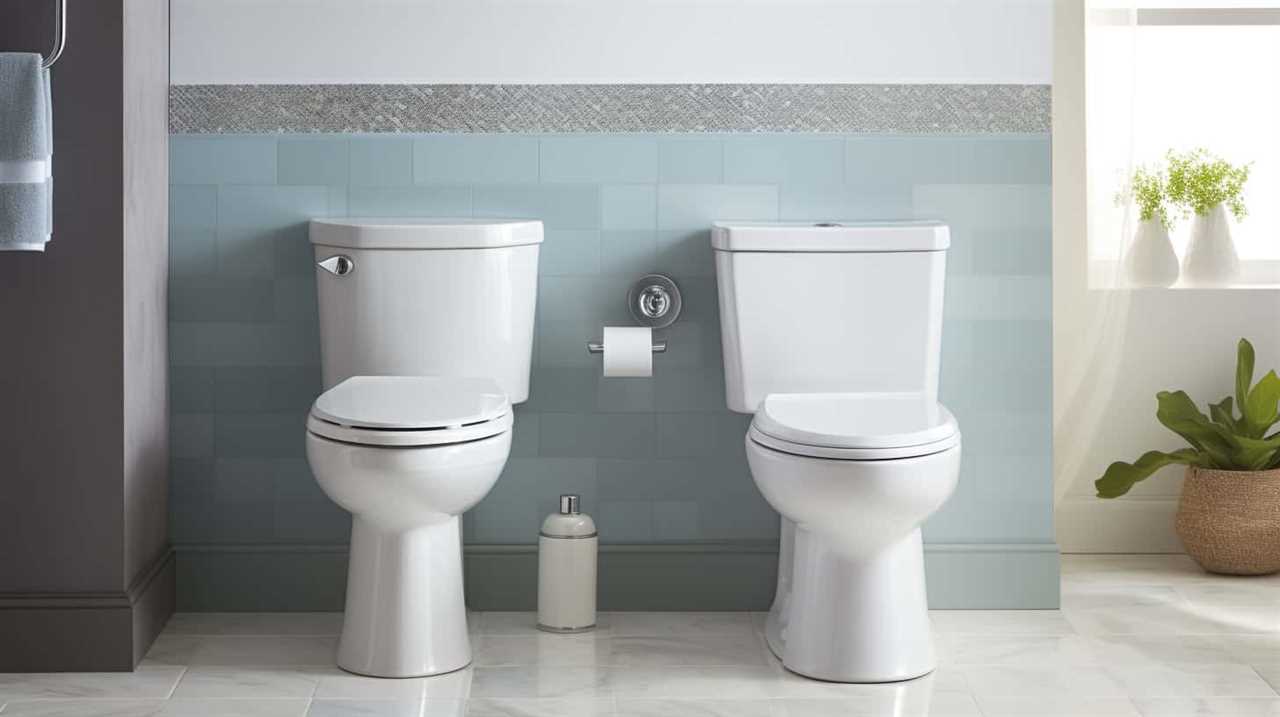
Other signs include gurgling sounds coming from the drains, water backing up in the sink or shower, and foul odors emanating from the drains. These signs may vary depending on the severity of the clog and the location of the hair build-up.
To address these issues, it’s advisable to seek professional solutions such as calling a plumber or using specialized drain cleaning tools. These professionals have the expertise and tools to effectively remove the hair clog and restore proper drainage.
Transitioning into the subsequent section on effective prevention techniques, it’s important to take proactive measures to avoid hair clogged pipes in the first place.
Effective Prevention Techniques
To prevent hair clogged pipes, we can take proactive measures to minimize the risk of blockages. By practicing proper hair care and implementing the following prevention techniques, we can effectively reduce the occurrence of hair clogs in our pipes:
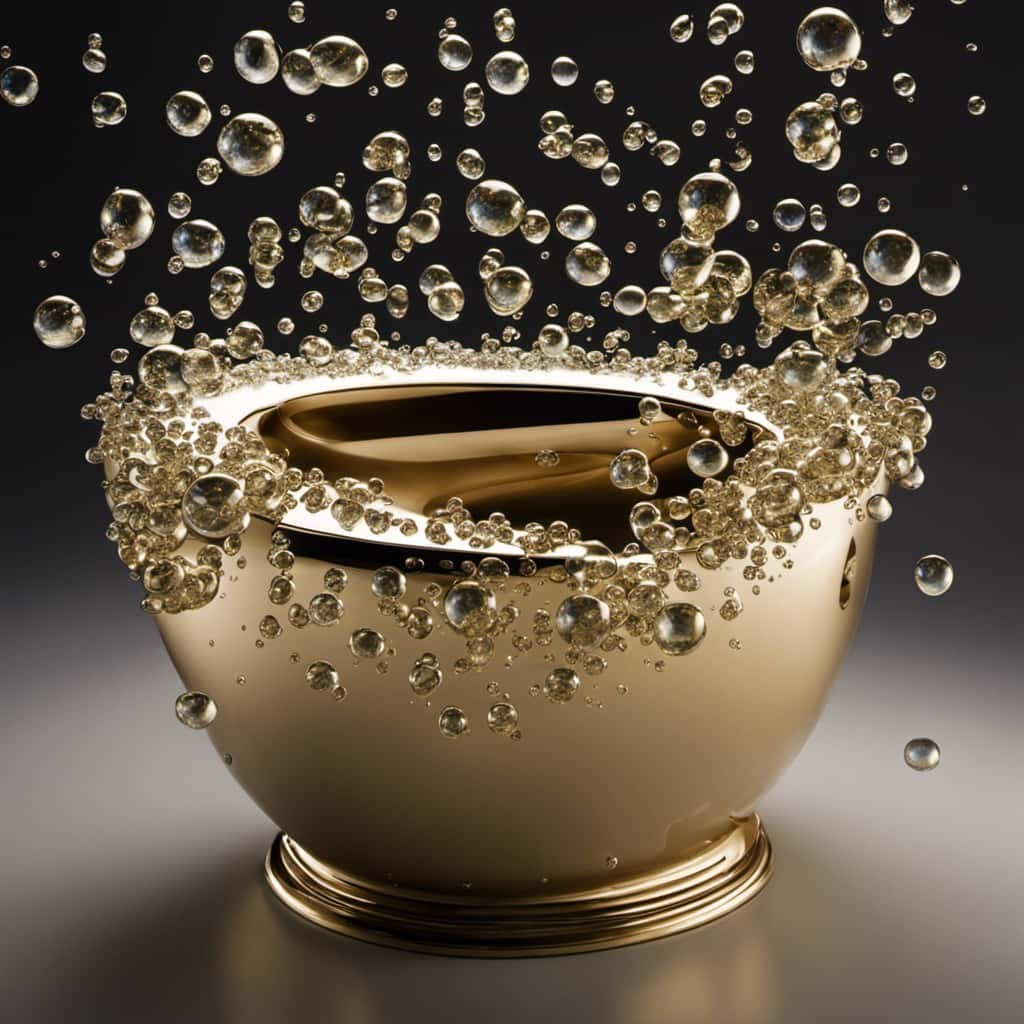
- Regularly clean drain covers and screens to catch loose hair before it goes down the drain.
- Install a hair catcher or trap in the shower or bathtub drain to prevent hair from entering the pipes.
- Avoid washing excessive amounts of hair products down the drain, as they can contribute to clogs.
By incorporating these prevention techniques into our routine, we can significantly decrease the chances of hair clogs in our pipes. However, in the event that a clog does occur, it’s important to know how to clear it effectively and efficiently.
Now let’s explore how to clear hair clogs in pipes.
How to Clear Hair Clogs in Pipes
To effectively clear hair clogs in our pipes, we can use a simple and effective method. Hair clogs are a common cause of plumbing damage, and it’s important to address them promptly to avoid further issues. There are several DIY remedies for hair-clogged pipes that can help us clear the blockage without the need for professional assistance.
One popular method is using a drain snake or cable auger. These tools are designed to break up and remove hair clogs by physically grabbing onto the hair and pulling it out.
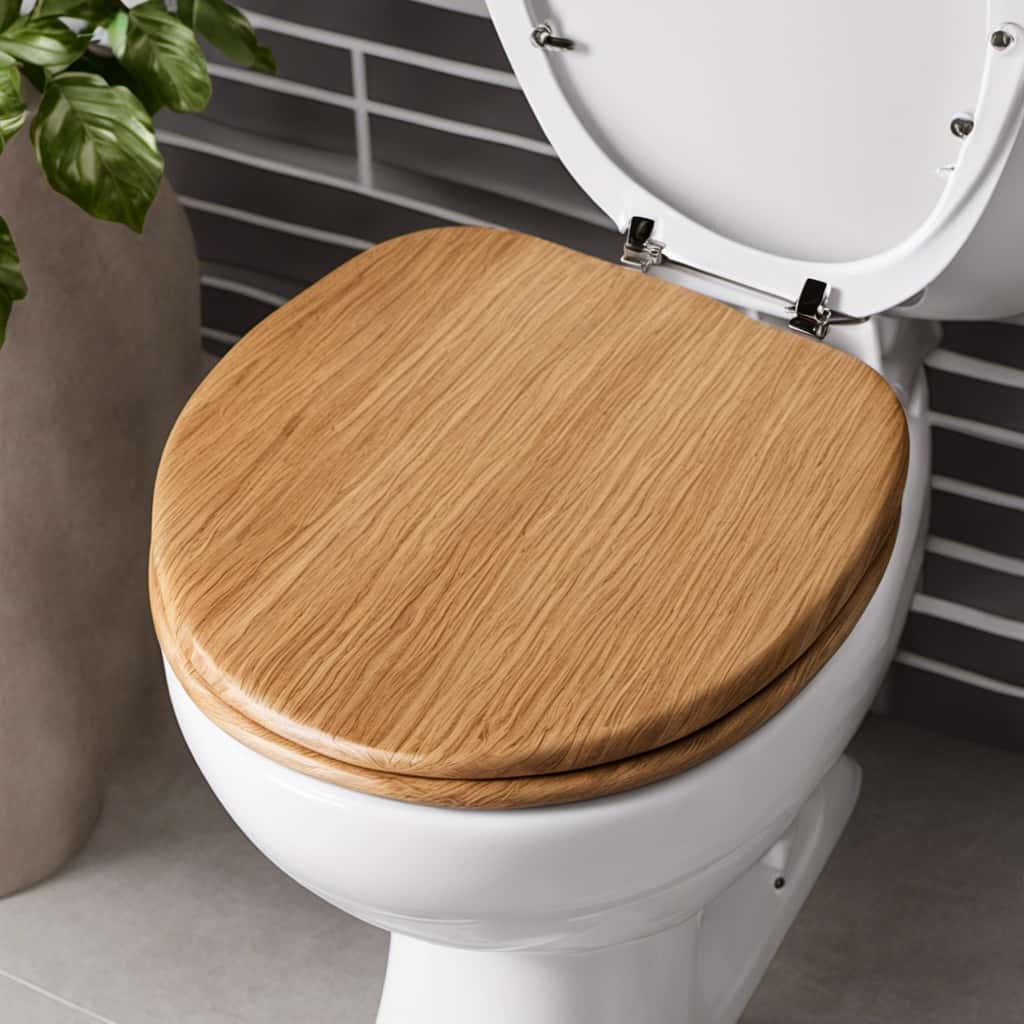
Another option is using a mixture of baking soda and vinegar. This combination creates a chemical reaction that can dissolve the hair and clear the clog.
It is important to note that prevention is key in avoiding hair clogs in the first place. Regularly cleaning out drains and using drain covers can help prevent hair from entering the pipes and causing blockages. By taking these simple steps, we can maintain the integrity of our plumbing system and prevent potential damage.
Frequently Asked Questions
What Are the Different Types of Pipes That Can Be Clogged by Hair?
Different types of pipes, such as bathroom drains and sewer lines, can be clogged by hair. Common signs of hair clogs include slow draining or standing water. Regular maintenance can help prevent these issues.
Is It Possible for Hair to Clog Pipes Even if It’s Short?
Short hair can still cause pipe clogs. Effective home remedies for clearing hair clogs in pipes exist. Understanding the potential for hair to clog pipes, regardless of length, is crucial for maintaining proper plumbing function.
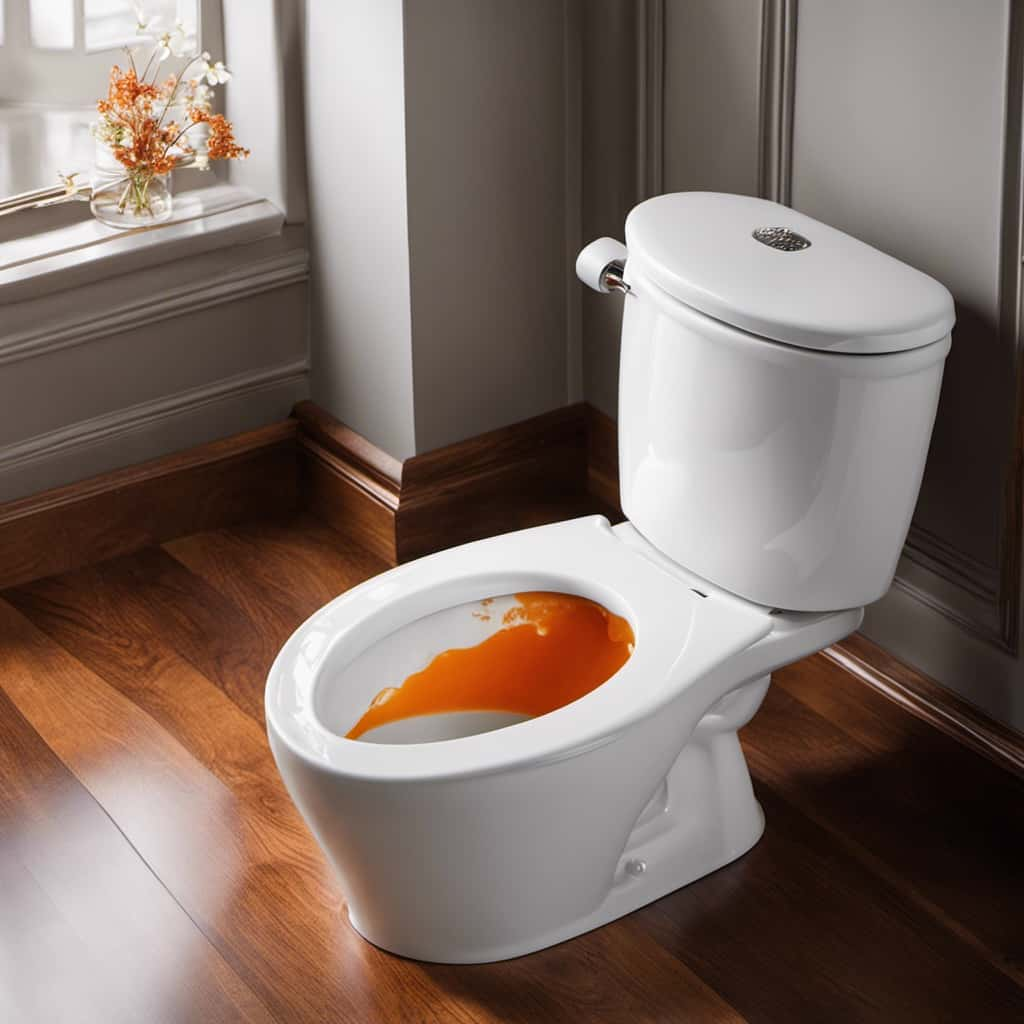
Can Hair Clogs Lead to More Serious Plumbing Issues?
Hair clogs in pipes can cause serious plumbing issues. Signs of a hair clog include slow drainage and gurgling sounds. If left untreated, water damage can occur. As we’ve discussed, hair clogs are a common problem.
Are There Any Specific Hair Products That Contribute More to Clogging Pipes?
Hair products that are particularly prone to causing pipe clogs include those with heavy oils and waxes. To prevent hair clogs in pipes, it’s best to use drain screens and regularly clean them.
How Often Should I Clean My Drains to Prevent Hair Clogs?
To prevent hair clogs in our drains, we should clean them regularly. It’s like maintaining a well-oiled machine to prevent breakdowns. Use the best drain cleaning products for hair clogs to keep our pipes flowing smoothly.
Conclusion
In conclusion, hair clogging pipes is a common issue that can lead to costly plumbing problems.
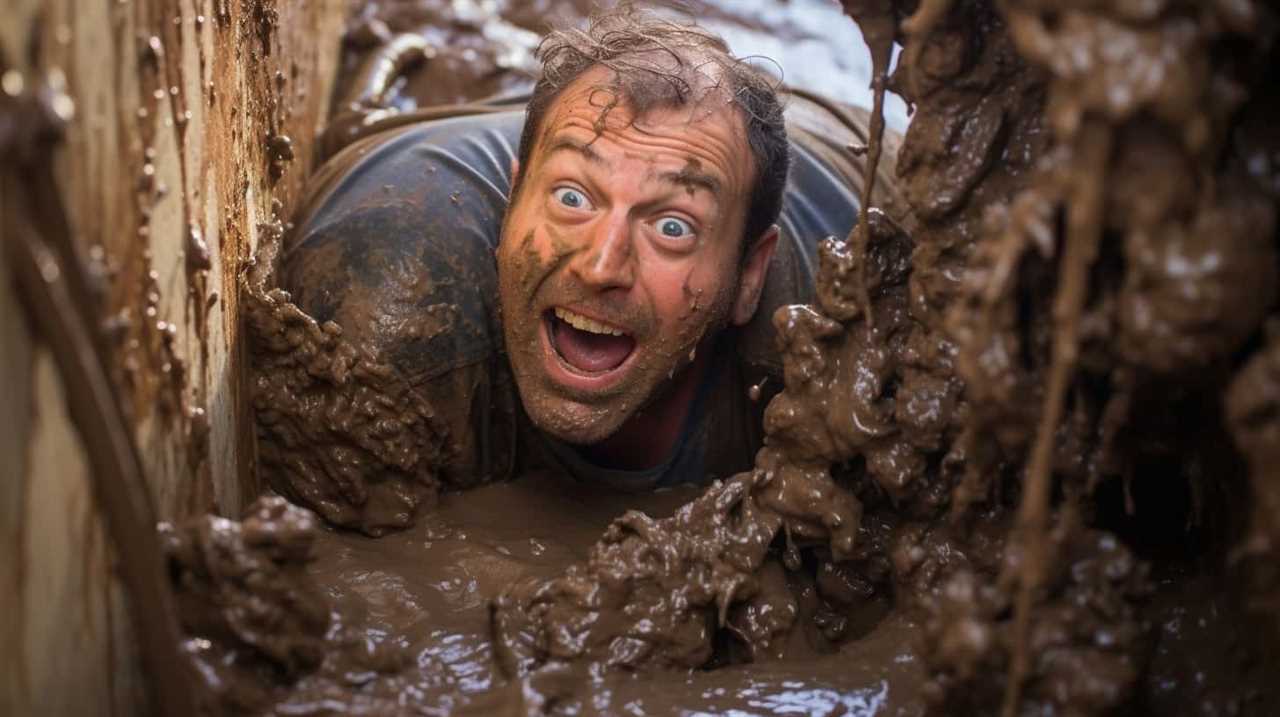
Did you know that a single person can lose up to 100 strands of hair per day? This seemingly small amount can quickly accumulate and cause blockages in drains and pipes.
It’s crucial to implement preventive measures and regularly clear hair clogs to maintain the smooth flow of water and avoid expensive repairs.
